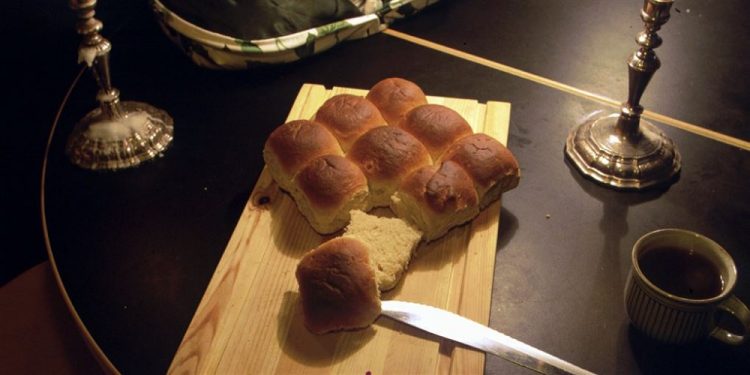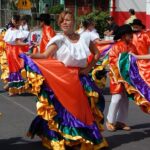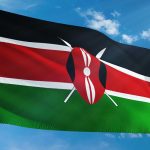
Great Prayer Day
Great Prayer Day, also known as General Prayer Day, is a holiday that falls on the 4th Friday after Easter and is celebrated on the 4th Friday after Easter. It is a holiday observed in Denmark, where it is also known as Store Bededag, and in the Faroe Islands, where it is known as Dýri Biðidagur. In Greenland, this holiday is known as Tussiarfissuaq.
This holiday essentially consolidates a number of minor Christian holy days into one. Although this holiday has existed since the 17th century, there are very few common traditions observed by the general public. The main tradition that is observed on this day is for people to attend special religious services.
The History of Great Prayer Day
This holiday can be traced back to Bishop Hans Bagger, who resided in Roskilde during the late 17th century. He introduced some fasting and prayer days to an already crowded liturgical calendar, and it quickly became apparent that it would be too much of a burden for people to celebrate all these holy days.
That is when it was decided that Bagger’s added days should be combined with some of the lesser holy days. This would end up creating Great Prayer Day, a day that was then put into the statute book in 1686 by King Christian V.
When this holiday was first placed into the statute book, people were forbidden from the evening before to trade or do any form of work. This was to ensure that nobody was late or intoxicated when they had to attend the holiday’s obligatory church service. During this day of penitence, gambling and work were not allowed, as were other activities considered non-essential.
Observing Great Prayer Day
On the evening before this holiday in Denmark, churches ring their bells. In Copenhagen, people walk along Langelinie or on Kastellet’s fortifications, as they used to walk the city ramparts when they existed. It is also common, both in Denmark and in other places where this holiday is celebrated, to eat varme hveder – a traditional bun.
This tradition dates back to when bakeries were closed on this day, so the bread was baked the evening before. These cardamom-infused wheat buns are often enjoyed with a generous amount of butter and eaten warm. This is a day of religious reflection and penance.








